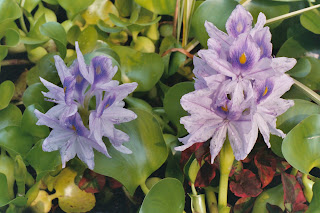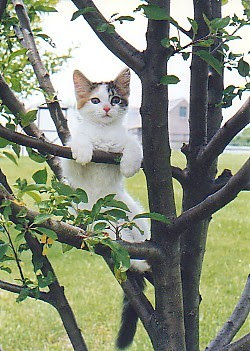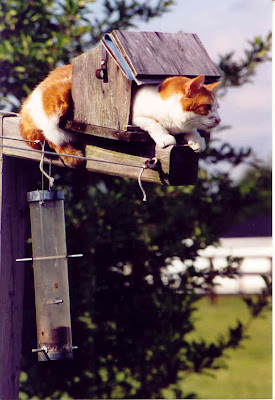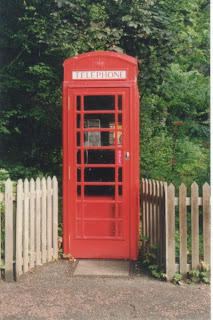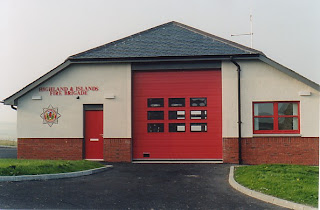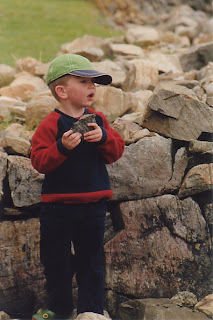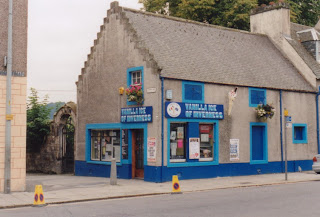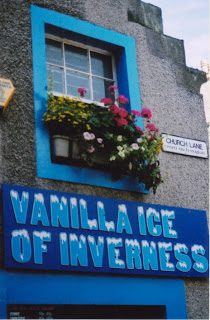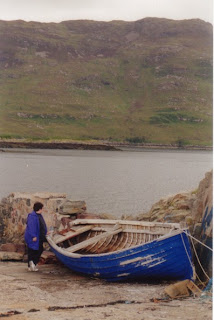Here’s a slightly different format for Toxicology Tuesday – a multiple choice question. Which, if any, of these nuts are toxic in dogs?
- Macadamia nuts
- Almonds
- Cashews
- All of the above
- None of the above
Answer A. Too much of any kind of salted nuts can be a problem. The high fat content in nuts can cause mild vomiting and diarrhea, or possibly pancreatitis. Too much salt may lead to excessive thirst and urination, or even sodium ion toxicosis (salt poisoning.) However, only the macadamia nuts are truly toxic.
We don’t know the toxic principal in macadamia nuts, but we do know the signs: vomiting, weakness, ataxia (= incoordination), tremors, and hyperthermia (body temperatures reaching 105 or more.) Blood tests show increased triglycerides, lipase (fat-digesting enzyme), and white blood cell counts.
If those macadamia nuts were chocolate-coated, then your little friend has gotten a double-whammy, and may need to be treated for chocolate toxicity, too.
As an aside, cashew nuts are quite interesting. They are related to poison ivy, poison oak, and poison sumac. Their outer fruiting structure contains urushiol, a potent skin toxin, which is why you never see cashews sold “in the shell.” Harvesting cashews is a hazardous process, posing the risk of severe skin rashes among the workers.

